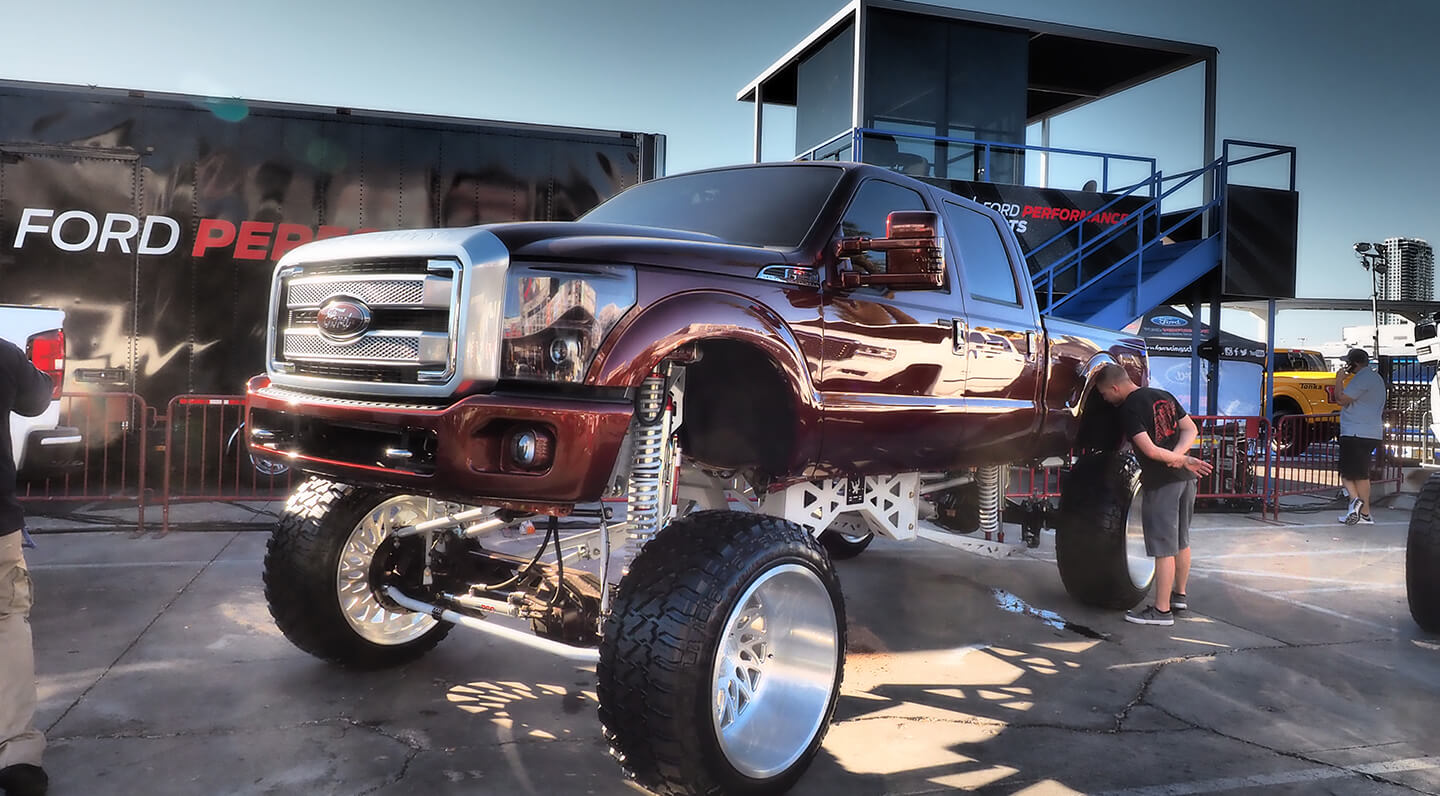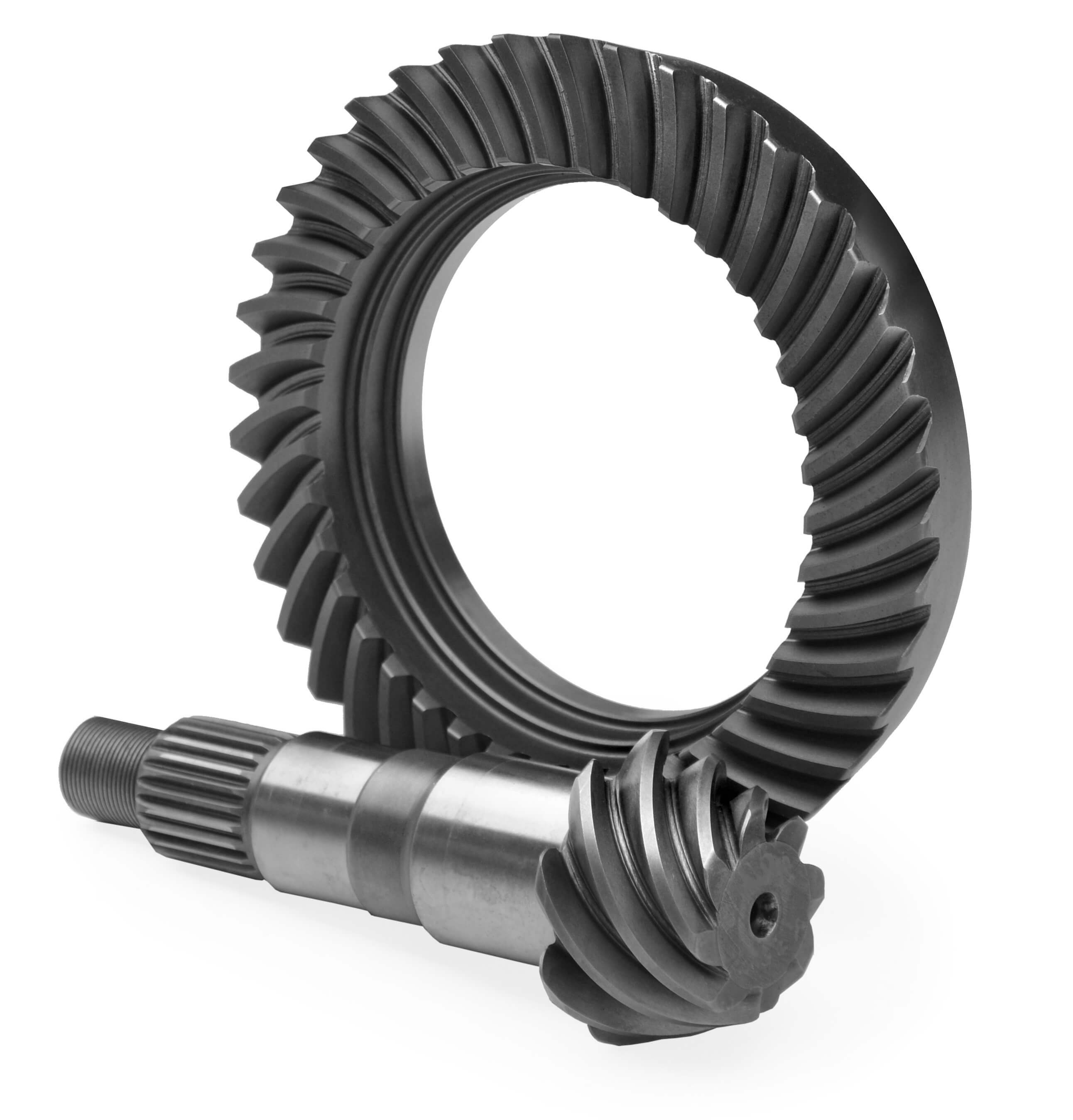
We have all made mistakes. As the saying goes, “to err is human.” Try as we might, eventually we make a mistake somewhere along the line. It is just part of human nature. Anyone that denies ever making one is simply not dealing with reality.
What matters the most is how we react to those mistakes. Some try to cover them up in the hopes that no one ever notices them. Others try to deflect the blame onto someone else. And, there are always those that bury their heads in the sand and deny that a mistake has even occurred in the first place.
None of those reactions are helpful, though. The only way to keep a mistake from happening over and over is to acknowledge one occurred in the first place. Then to figure out why it occurred and take corrective steps to prevent it from happening again. If we don’t take the time to learn from our mistakes, we are doomed to repeat them.
Learning from our mistakes is what this article is all about. But to learn from them, we first have to admit to them, so it is time to fess up. Over the years we have built and helped build lots of vehicles. This has ranged from everything from basic builds to completely ballistic. We have seen plenty of mistakes happen and admittedly made some ourselves. What follows is our list of the top mistakes that occur when building a rig. Hopefully, you can learn from them and avoid making the same mistakes yourself.
Yes, upgrading your shocks is going to add to the cost of your suspension system. But the performance increase that better shocks offer over the basic ones that come with a lift kit are well worth the cost.

People try all sorts of alternatives to gearing down like adding horsepower only to find out that it doesn’t work. If you have gone up more than two inches in tire size, you are going to need new ring and pinion gears. There is no way around it.
Skimping On The Shocks
We get it. You just spent a bunch of money on a lift and tires for your ride. Your bank account is hurting, and the last thing you want to do is spend even more money. But shocks really do make a significant difference in your vehicle’s suspension performance and its ability to absorb rough terrain. And, they can even help on the pavement too. Especially if your roads are as busted up as the ones we drive on.
So what is the difference between the very basic shocks that might come free with your suspension system and more expensive ones? Generally, upgraded shocks are larger in diameter, allowing them to hold more shock fluid and have bigger pistons. This lets them run cooler and also offer more damping control. As you step up in price, shocks usually add remote reservoirs that further aid in cooling. And many also provide different levels of compression and/or rebound adjustment, letting you further dial in the ride. They might be more expensive, but if you plan to venture into the dirt they will do a much better job of handling the terrain.
Not Gearing Down
You are going to have to gear down anytime you add tires that are more than two inches larger in diameter than stock. There is literally no way around it. We have seen people debate this for years in forums across the Internet. Can I just add an exhaust or air filter instead of gears? The answer is no. What about a supercharger? The answer is still no. Would a 50-inch LED light bar help with gearing? Hell no. You can try to add all the horsepower you want, but it won’t make up for the wrong gear ratios.
Adding the right ring and pinion ratio brings the rpm back to where it was originally from the factory. This means that your transmission is much happier since it doesn’t have to hunt for the right gear. The speedometer will also be correct, making sure any system that uses speed as input also works properly. With higher rpm, less throttle is also required improving gas mileage and acceleration. There is no way to accomplish all of that by merely adding horsepower.

If you are paying someone to install gears, you might as well add a locker at the same time. The labor cost is going to be roughly the same and you will thank us when you don’t get stuck in the mud, on a boat ramp, or in a snow storm.
It might not look like much, but this small piece of metal can keep your Jeep’s oil pan from getting skewered by a rock. If there aren’t skid plates available for your vehicle, consider having a fab shop custom make some. It will be worth the cost.
Not Adding A Locker When Gearing Down
Building a vehicle is a bit like opening up Pandora’s Box. Once you start doing one mod, you need to do even more. If you lift a vehicle, you are going to want to put larger tires on it. Once you put on larger tires, you are going to need to gear down. The list goes on and on.
Some things also make sense to do at the same time. If you are pulling the ring and pinion gears out of your truck, it makes sense to install a locker at the same time. Yes, you will have to spend additional money on a locker, but the labor cost is going to be roughly the same. We prefer selectable lockers, like the ARB Air Locker or Eaton E-Locker since you can run them open and then engage them with the flick of a switch. We have skipped a locker before and only done gears only to regret it later while we were hopeless stuck. Even if you never hit the dirt, a locker can come in very handy on a boat ramp or in a snowstorm.
Skipping Skid Plates
There are very few vehicles that are set up for off-road use straight off the showroom floor. Only a select few like the Ford Raptor, Jeep Rubicon, Toyota Tacoma TRD Pro, Ram Power Wagon, and a few others are equipped to hit the trail. This means that the vast majority of vehicles have almost no skid plating to protect the vital components on the underside of them. Even if they do, those “skid plates” are often nothing more than pieces of plastic. Some manufacturers also put vital components directly in harm’s way, making the situation even worse.
That is why one of the first things you should do with any vehicle you plan to take off-road is get it up on a rack or crawl underneath it. In some cases, you will be shocked at what is completely exposed and wonder what the hell a vehicle manufacturer was thinking. Vital items like gas tanks, transmission pans, oil pans and other important bits that, if punctured, can leave you completely stranded are often unprotected. It will make you want to invest in a quality set of skid plates for your vehicle. Think of them as cheap insurance as poking a hole in your gas tank or oil pan can leave you seriously stranded out in the middle of nowhere.

But why though? With the money that it took to get this vehicle to look like whatever this is, it could have been built into something that looked good and also worked off-road. Instead, it is pretty much useless everywhere.
Building For Flash Not Function
Let’s get real. We all want our vehicles to look good. We would be lying if we said that looks are never a consideration. But some people out there take it way too far. And we mean waaaay too far. The result of flash completely overriding function is often an entirely useless vehicle. You have some serious issues when you have to go out and buy a stock Super Duty to tow around your glammed out Super Duty. Worried about it getting scratched is one thing. Not wanting to drive it because it probably is unsafe to drive on the highway is another. But as long as it looks cool, right?
Here at The Dirt, we don’t judge. If you want to build a show truck, have at it. But the point is you can build a vehicle that looks great and actually works in the dirt too. Sure, you might have to give up your 26-inch wheels and tires with an inch of sidewall. But imagine all the money you will save on powder coating and chroming. Little Jimmy might actually be able to go to college after all! You might not win some useless best of show trophy at a car contest nobody cares about. But you will have a vehicle that is a lot more versatile and useful. Plus, getting dirty is way more fun than sitting around in a parking lot applying an extra coat of wax.

This probably isn’t the best choice for those that have long commutes to work. Remember to build a vehicle for how you will actually use it the majority of the time.
Building A Vehicle Not Suited To Your Needs
The biggest mistake we regularly see (and one we have made ourselves) is building a vehicle that doesn’t suit your individual needs. Sure, those 40-inch tires might look great, but probably aren’t the best choice if you commute 50 miles to work every day. If you actually want to use the bed of your truck without using a ladder, putting a 10-inch lift on it might not be a great idea. Ginormous and super aggressive mud tires on a vehicle that never sees mud doesn’t make much sense. Those might seem like outlandish examples, but we have actually seen them all happen. Yes, we eventually got tired of helping our friend get his dirt bike into the back of his lifted brodozer and stopped returning his calls.
The point is to build your vehicle for how you actually use it. We all have dreams and aspirations, and that is not a bad thing. But if you altogether avoid dealing with reality when building a rig, you are going to wind up being disappointed. We know people that have spent loads of money on their vehicles only to wind up despising them. Don’t let it happen to you!





2